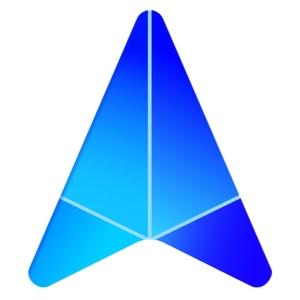We use it for our clients, outsourcing our security operation center requirements. We rely on their solutions to meet our cybersecurity needs. It helped us gain a deeper understanding of the security landscape within our clients' networks, focusing on the intricacies of each endpoint. This became particularly crucial during the shift to remote work amid the COVID-19 pandemic. At that time, we reached out to Covalence to assess its compatibility with our requirements, and I believe that collaboration has proven to be successful.
The primary advantage is the notable improvement in our response time to incidents. With the categorization and severity indication, we can swiftly and efficiently react to security incidents. The action tag significantly boosts the internal priority, facilitating a quicker response.
It's crucial for us that Covalence is supported by a team of experts who consistently monitor it for potential attacks and risks. This aspect holds significant value for us, as it aligns with our expectations from a security vendor. Knowing that knowledgeable professionals are actively overseeing the system provides me with a sense of reassurance and peace of mind. In the initial three months, there were a couple of incidents where they promptly intervened and assisted in identifying issues. It took us approximately three to six months to fully recognize and experience these benefits.
Coordinating and handling Covalence is a breeze; we haven't encountered any management issues. The installation and deployment processes are straightforward and hassle-free, causing no complications on our end.
We leverage the solution's tagging system for categorizing security threats as recommendations or observations, aligning seamlessly with our internal ticketing system. When any action, observation, or recommendation is flagged, it automatically generates a corresponding ticket. These tickets are then scheduled with our technicians based on priority for timely resolution.
The categorization of security threats through tagging is instrumental in addressing the most pressing issues. Immediate actions are our top priority, demanding immediate attention and analysis. Observations fall into a medium priority category, as they may or may not pose a significant risk. Recommendations are assessed when a technician is available, and prioritized based on urgency.
It serves as a comprehensive cybersecurity product that proactively safeguards all our services against threats. This is crucial because, without it, we would spend hours attempting to decipher and correlate information across various tools.
It aids our security team in saving time by providing more actionable alerts. Their effectiveness in filtering out false positives and non-invasive alerts is commendable, preventing our team from investing time in non-critical matters. We haven't quantified it with specific metrics, so I can't provide a precise figure. However, based on my experience, I have observed a substantial amount of savings overall.
It has taken the place of several cybersecurity solutions for us, including replacing a previous SOC vendor. We are currently in the process of transitioning from our antivirus vendor to Covalence.
It has significantly enhanced our security coverage, providing me with a sense of peace of mind. Managing three different vendors, each with its own security focus, used to be challenging. With Covalence, having visibility across all aspects and layers, they can efficiently correlate logs without our intervention.
It keeps us informed about the significant threats and provides guidance on addressing them. Each ARO includes recommendations. Leveraging the integration with ConnectWise, they automatically generate a ticket for us, complete with a checklist of recommendations.
The impact we observe on our security operations is notable. The checklists provided, especially geared towards system administration and help desk tasks, are particularly beneficial. These checklists simplify processes for our team, reducing the need for extensive cybersecurity training. It's advantageous to have a vendor that collaborates effectively with our team, making the implementation of security measures more seamless and efficient.
They offer recommendations for risk reduction, encompassing aspects such as vulnerability scanning, code assessment, and evaluation of security tool effectiveness. These recommendations, termed AROs are communicated through tickets. Our team then reviews and prioritizes these recommendations to address them accordingly. There are instances where misconfigurations may occur, whether intentionally or unintentionally by our team. Having a third-party vendor closely examine these configurations is valuable. Even if a risk is acknowledged, it provides us with an awareness of its existence and potential impact.









